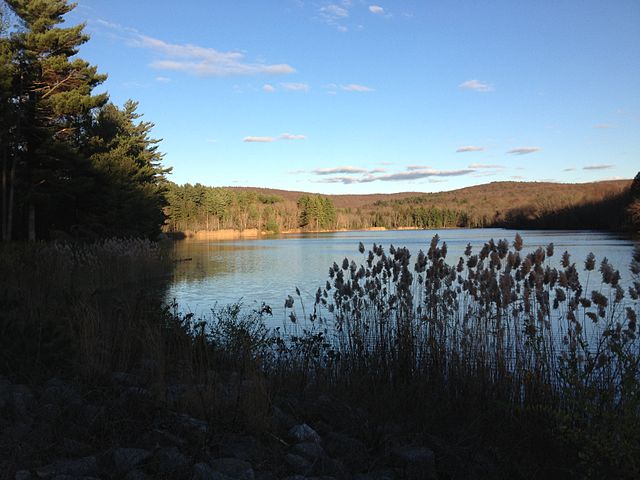Meshomasic State Forest is a 9,000-acre forest in central Connecticut. The state Department of Emergency Services and Public Protection (DESPP), Division of State Police recently proposed to relocate the existing state police firearms training facility to a 30-acre site within the Glastonbury portion of the forest. The proposal included a 55,000 square foot facility, 2 range control towers, 1 qualifying pistol range, 1 active shooter training range, 1 rifle range, 1 shotgun rifle range, approximately 125 parking spaces, well and septic systems, and telecom and electric utilities. The current training facility is located along Nod Road in Simsbury, adjacent to the Farmington River. DESPP is looking to relocate the current facility because it is prone to flooding.
Fortunately, it appears this ill-advised plan will not come to pass. Last week, the Glastonbury Town Council announced that Governor Malloy would be signing a letter stating that the proposed site in the town would no longer be considered an option for a new facility.

The Meshomasic State Forest is the first state forest in Connecticut and New England and spans across Glastonbury, East Hampton, Portland, Marlborough, and Hebron. It was originally purchased to showcase good forest management principles and is a habitat for the endangered Timber Rattlesnake. The Shenipsit Trail runs through the state park near the proposed site and is a total of about 40 miles long, stretching from the Shenipsit State Forest in Ellington to East Hampton. Hikers, bikers, and nature enthusiasts alike enjoy the natural and pristine state of Meshomasic State Forest.
A state forest is not an appropriate location for a firearms training facility. The EPA has long recognized that outdoor shooting ranges can increase pollution in an area because of lead bullets, especially in areas close to wetlands and groundwater sources. When ingested, lead can impact all organs of the body and particularly attacks the nervous system, with high lead exposure leading to brain and kidney damage and ultimately death. Lead can enter the environment because of lead bullets and bullet particles migrating through the soils to groundwater or being carried along paved surfaces by stormwater runoff. The Town of Glastonbury maps indicate that most, if not all, of the 30-acre project site is covered by the strictest groundwater protections.
Removing this site as a possible location for the firearms training facility is a smart decision. We’re glad to see this state park protected from development inconsistent with the purposes of open space.
Posted by Lauren Savidge, Legal Fellow for Connecticut Fund for the Environment
